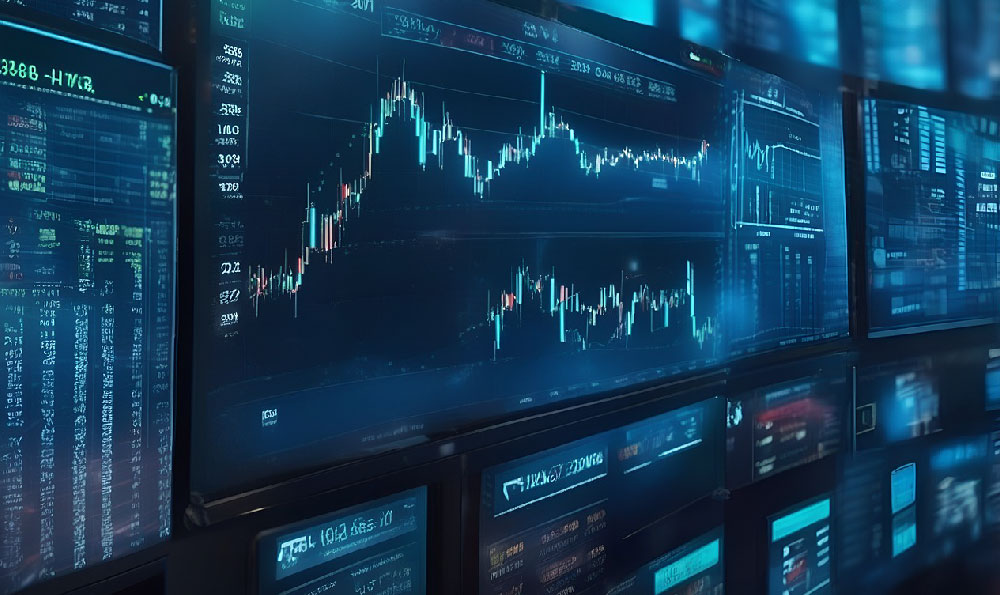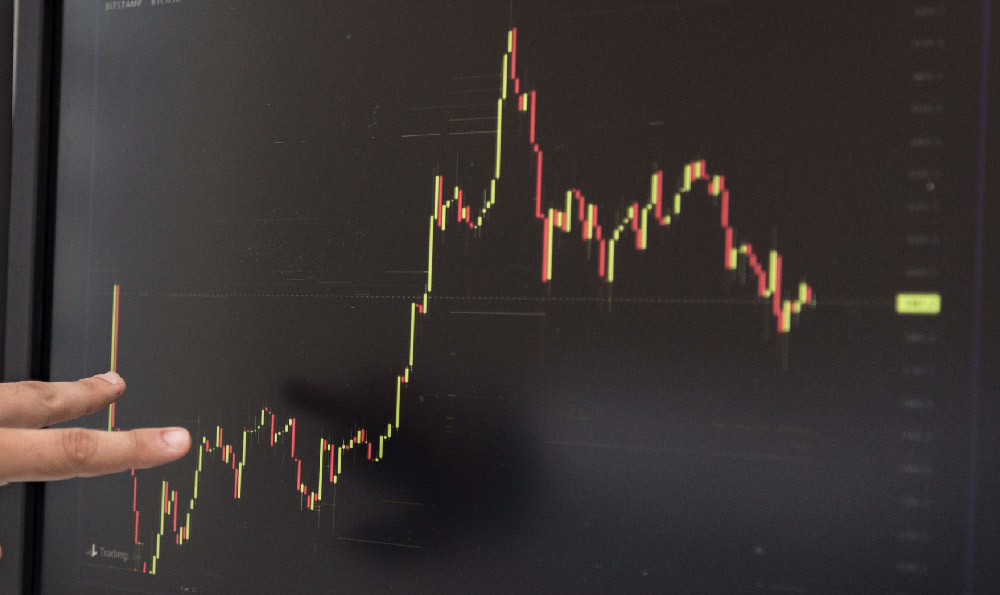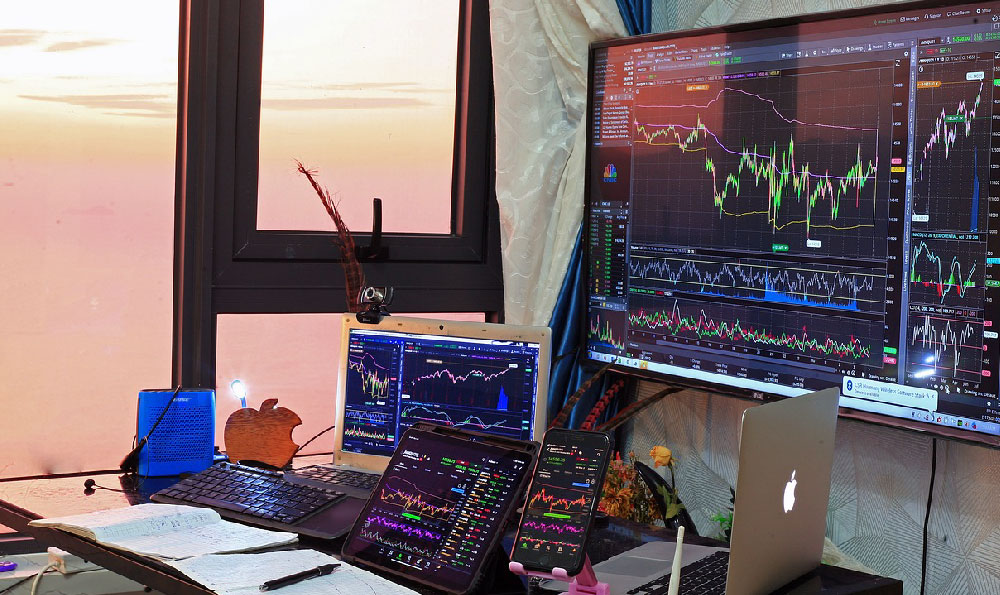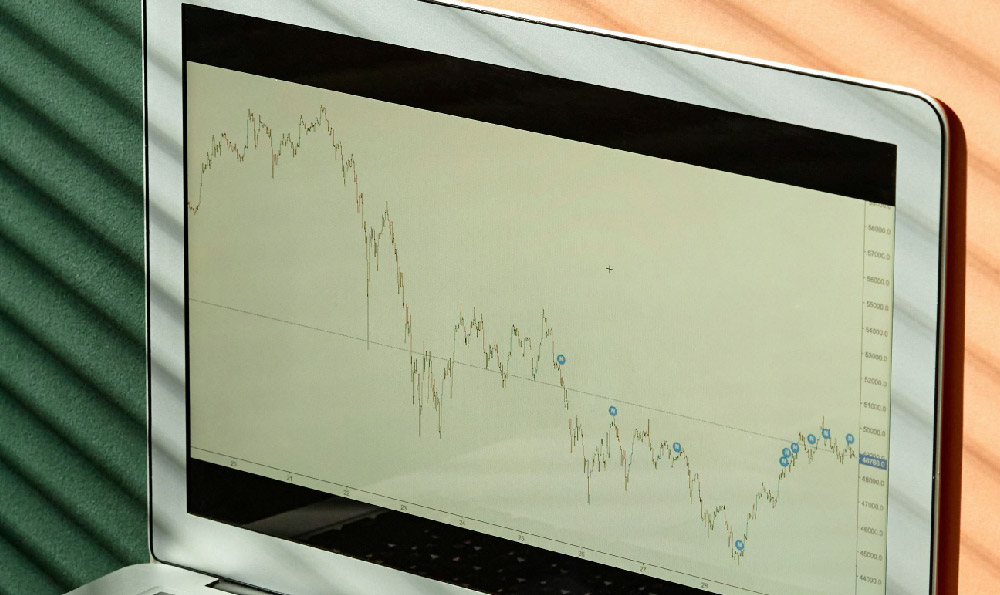Leveraging the digital art space has become a compelling avenue for generating income in the modern economy, offering diverse opportunities that extend beyond traditional financial frameworks. As the demand for unique, digital-first creative expressions continues to rise, individuals with varying levels of artistic expertise can explore innovative methods to monetize their work. The integration of blockchain technology and decentralized platforms has further transformed this landscape, enabling artists and investors alike to participate in a dynamic, global market. However, to succeed in this niche, it’s essential to understand the underlying principles that govern digital art’s value and the practical steps required to navigate its complexities.
The foundation of any profitable endeavor in digital art lies in the ability to align with market trends while maintaining a strong creative identity. Unlike physical art, which often relies on scarcity and provenance, digital art’s value is frequently tied to its exclusivity in the digital realm, the reputation of the creator, and the demand from collectors. One of the most prominent strategies in recent years has been the sale of non-fungible tokens (NFTs), which provide a way to tokenize digital creations, ensuring ownership and enabling transactions on blockchain-based marketplaces. This model has attracted both artists and investors, creating a lucrative ecosystem where digital art can be bought, sold, and displayed as a collectible asset. However, the volatility of the NFT market underscores the importance of diversifying income streams and avoiding overexposure to a single platform or trend.
Another viable approach is the creation and monetization of digital artwork itself, which requires a blend of artistic skill and business acumen. Artists can generate income by selling high-quality digital art through online platforms, such as Etsy, DeviantArt, or specialized NFT marketplaces like OpenSea or Rarible. For those who prefer a more passive income model, digital art can be licensed for commercial use, allowing creators to earn royalties from resale or redistribution without actively managing the process. This method is particularly beneficial for artists who produce reusable assets, such as digital illustrations or graphic designs, that can be adapted for various industries. Additionally, the rise of digital art as an investment asset has opened new possibilities for collectors and speculators, who can build portfolios by acquiring rare or trending digital works and reselling them at a later date.

Collaboration with brands and creators in the digital space presents another lucrative strategy, as it combines artistic value with commercial reach. Brands often seek to incorporate digital art into their marketing campaigns, product designs, or virtual experiences, creating opportunities for artists to earn income through commissions or partnership agreements. For instance, a digital artist might collaborate with a fashion brand to create limited-edition NFTs representing virtual clothing lines, or work with an app developer to design background art for a new mobile game. These collaborations not only provide financial rewards but also amplify the artist’s visibility, potentially leading to long-term opportunities and a broader audience. However, such ventures require careful negotiation to ensure that the artist’s creative integrity and financial interests are protected.
The role of online communities and social media platforms cannot be overstated in the context of digital art monetization. Building a strong following on platforms like Instagram, TikTok, or Twitter can help artists establish credibility and attract buyers or collaborators. Engaging with niche communities, such as those focused on generative art, digital illustration, or interactive media, can also create opportunities for networking and partnerships. In addition, participation in online exhibitions, virtual galleries, or digital art fairs offers a platform for artists to showcase their work to a global audience, increasing the likelihood of generating income through sales or commissions. While these strategies emphasize the importance of visibility, they also highlight the need for a consistent presence and effective communication to sustain engagement.
For investors, the digital art market presents a unique opportunity to diversify their portfolios by allocating funds to digital assets that may appreciate in value over time. Unlike traditional investments, which are often limited to stocks, bonds, or real estate, digital art offers a more niche but potentially high-growth avenue. Investors can participate by purchasing NFTs, investing in digital art startups, or funding emerging artists through crowdfunding platforms. However, this space is not without its risks, as the value of digital assets can fluctuate rapidly due to market trends, technological advancements, and regulatory changes. Successful investment in digital art requires thorough research, a long-term vision, and an understanding of the underlying technology that drives its value.
As the digital art market continues to evolve, adaptability and innovation will be key to long-term success. Whether an artist or investor, the ability to stay ahead of trends, experiment with new formats, and engage with a growing audience will determine the sustainability of income generated in this space. Moreover, the integration of artificial intelligence and machine learning into the digital art creation process has introduced new possibilities for automation, democratizing access to high-quality art and expanding the potential for income generation. While these technologies offer exciting opportunities, they also require careful consideration to ensure that artistic value is not compromised in the pursuit of efficiency.
Ultimately, the path to earning income with digital art is shaped by a combination of creativity, strategy, and technological literacy. By exploring diverse revenue models, leveraging online platforms, and staying informed about market dynamics, individuals can position themselves for success in this rapidly growing industry. However, the journey is not without challenges, and a balanced approach that prioritizes both artistic fulfillment and financial stability is essential. With the right mindset and execution, digital art can serve as a powerful tool for generating income, opening doors to opportunities that were once unimaginable in the traditional art world.












